
Read sample
Awakening to Self-Knowledge Kindle Edition
by Berta Dandler (Author) Format: Kindle Edition
5.0 5.0 out of 5 stars 1 rating
Kindle from $5.99
Paperback
from $9.99
2 Used from $14.152 New from $9.99
The purpose of the way of Self-knowledge is to remind us of our higher destiny and help us to realize the immortality and freedom of our true Self.
All human beings are destined to evolve spiritually as we learn our lessons from experience and adjust our lives accordingly. The turning point is when this spiritual evolution becomes a conscious process. This can only happen when we understand and strive for the high goal revealed by the knowers of ultimate truth. It is the realization that our innermost consciousness is not individual but universal, and that one’s Self is the Self of all.
This book shows how we can find guidance and inspiration in the classic texts of all the great spiritual traditions, and recognise the divine element at the core of our own experience. Then by opening our minds and hearts to the teachings on the true nature of our deeper Self, we meditate upon and affirm this vision of unity and perfection as our own Being. This is the Awakening to Self-Knowledge.
Read less
Print length
171 pages
====
Product details
ASIN : B011I40X0I
Publisher : Shanti Sadan (July 12, 2015)
Publication date : July 12, 2015
Print length : 171 pages
Customer Reviews:
5.0 5.0 out of 5 stars 1 rating
Top reviews from other countries
bob dawson
5.0 out of 5 stars A book on the philosophy of religious Yoga and its applicationReviewed in the United Kingdom on April 27, 2019
Verified Purchase
If anyone has an open mind about 'spirituality' then this is a great read. It is not full of mystical conundrums but explains clearly what the ancients found in their deep enquiries into the mind of man. It says if you want to find that yourself then you can ! and offers practical guidance. It is worth lingering over the text. The author writes clearly and seems to have a deep grasp of her subject. Several religious traditions are drawn on and the comparison of religious Yoga with Christianity is thought provoking. Very good.
2 people found this helpfulReport
=====
Scribd Results for “Berta Dandler”
Ebooks 5 results
Realising the Truth at the Centre of Life

Ebook
Realising the Truth at the Centre of LifebyBerta Dandler
Rating: 5 out of 5 stars
5/5
Remove Realising the Truth at the Centre of Life from saved
Awakening to Self-Knowledge

Ebook
Awakening to Self-KnowledgebyBerta Dandler
Rating: 5 out of 5 stars
5/5
Remove Awakening to Self-Knowledge from saved
Living Beyond Fear

Ebook
Living Beyond FearbyBerta Dandler
Rating: 5 out of 5 stars
5/5
Remove Living Beyond Fear from saved
Meditation: Its Theory and Practice

Ebook
Meditation: Its Theory and PracticebyHari Prasad Shastri
Rating: 0 out of 5 stars
0 ratings
Remove Meditation: Its Theory and Practice from saved
Illumined Understanding

Ebook
Illumined UnderstandingbyBerta Dand
Scribd Results for “Berta Dandler”
Ebooks 5 results
Realising the Truth at the Centre of Life

Ebook
Realising the Truth at the Centre of LifebyBerta Dandler
Rating: 5 out of 5 stars
5/5
Remove Realising the Truth at the Centre of Life from saved
Awakening to Self-Knowledge

Ebook
Awakening to Self-KnowledgebyBerta Dandler
Rating: 5 out of 5 stars
5/5
Remove Awakening to Self-Knowledge from saved
Living Beyond Fear

Ebook
Living Beyond FearbyBerta Dandler
Rating: 5 out of 5 stars
5/5
Remove Living Beyond Fear from saved
Meditation: Its Theory and Practice

Ebook
Meditation: Its Theory and PracticebyHari Prasad Shastri
Rating: 0 out of 5 stars
0 ratings
Remove Meditation: Its Theory and Practice from saved
Illumined Understanding

Ebook
Illumined UnderstandingbyBerta Dand



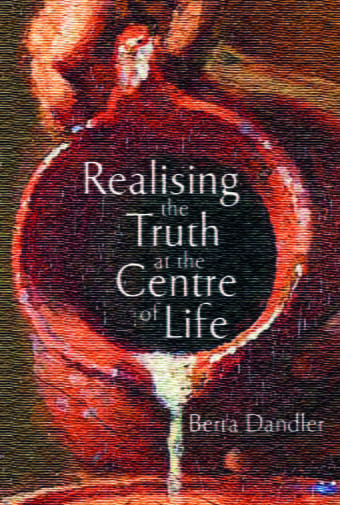
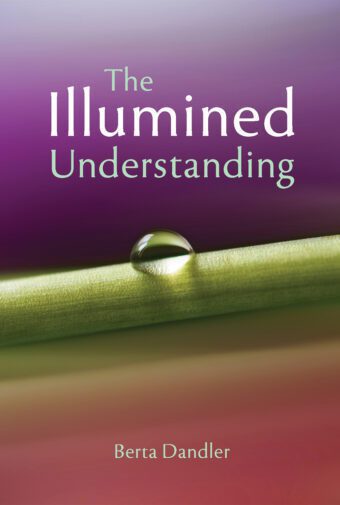


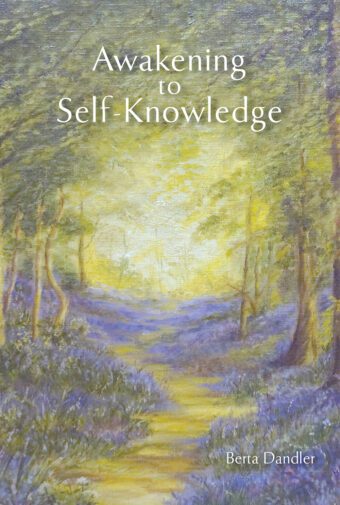


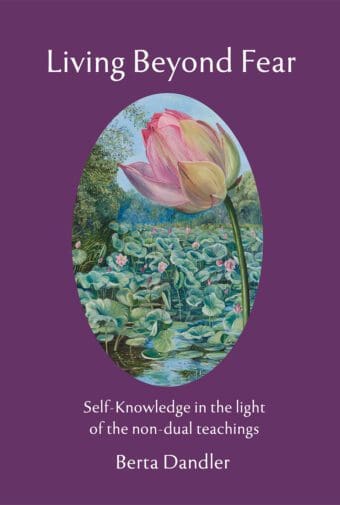
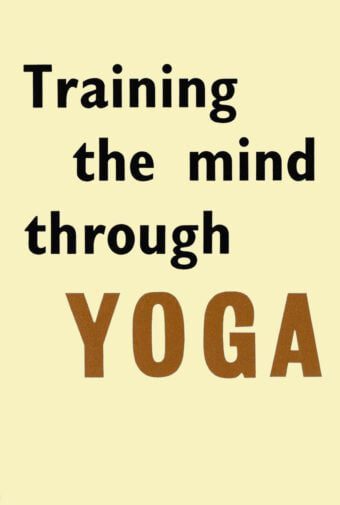

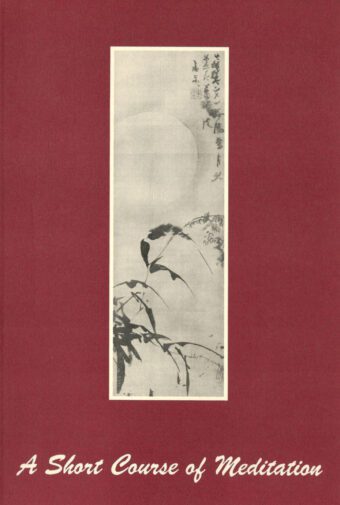
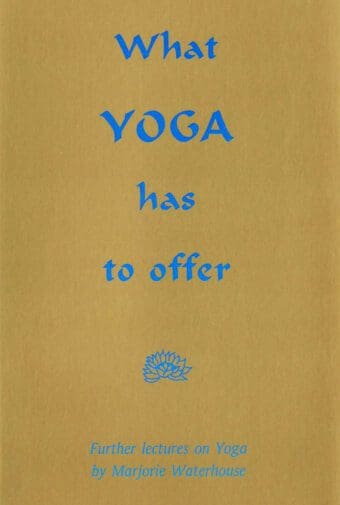

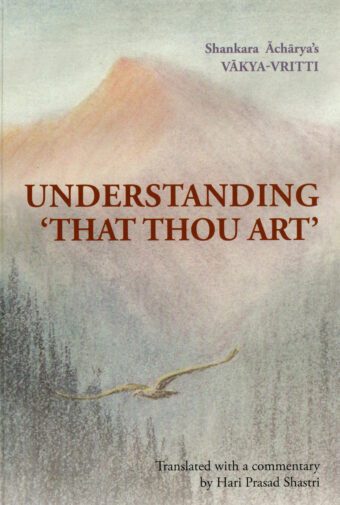

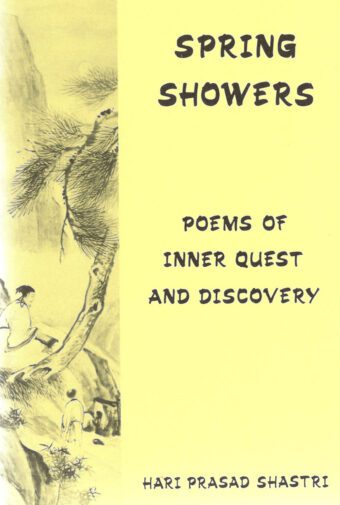














 Detailed Description of Seeing God Everywhere
Detailed Description of Seeing God Everywhere



